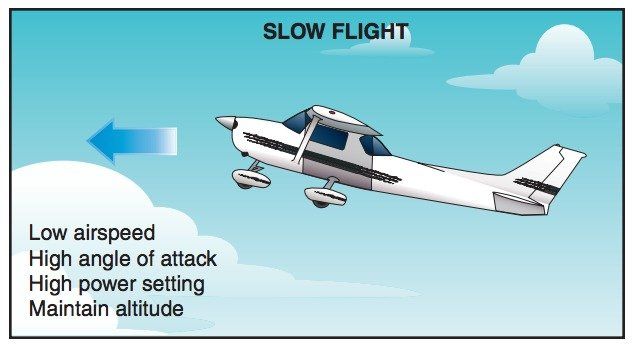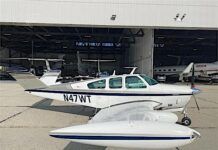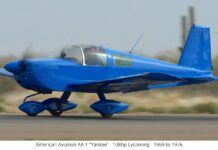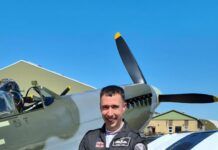
The FAA has issued a Safety Alert reminding instructors, students and other general aviation pilots that the advised procedure for practicing slow-flight maneuvers has changed. The FAA’s new advice intends to correct “inconsistencies” in the previous standard for maneuvering during slow flight, as outlined in the Airplane Flying Handbook published in 2004, and the latest Private Pilot Airplane Test Standards, which took effect on June 15. The 2004 AFH advised students to practice the slow-fight maneuver at “the slowest airspeed at which the airplane is capable of maintaining controlled flight without indications of a stall—usually 3 to 5 knots above stalling speed.” Yet for most Part 23 airplanes, the stall warning would be activated at those speeds, which is considered an indication of a stall. The new test standard says private pilots should demonstrate slow flight at 5 to 10 knots above stall speed, or just above the stall-warning threshold, and recover before the warning activates.
“Advocating maneuvering the airplane just below the critical angle of attack with the stall warning activated is neither desirable nor intended,” the FAA says. The revised evaluation standard requires the pilot to maintain a speed referenced to the 1G stall speed. One way to set up for the maneuver is to slow the airplane to the stall warning in the desired configuration and note the airspeed. Next, pitch down slightly to eliminate the stall warning, adjust power to maintain altitude and note the airspeed required to perform the slow flight maneuver in accordance with the standard, the FAA said.
The FAA is currently revising the AFH, and expects to publish the new version next month. Meanwhile, the FAA advises student pilots, flight instructor applicants, flight instructors, flight schools, part 141 pilot schools, part 142 training centers and private pilot – airplane evaluators to familiarize themselves with the information in the Safety Alert (PDF) and adjust training and testing for the slow-flight maneuver accordingly.



































